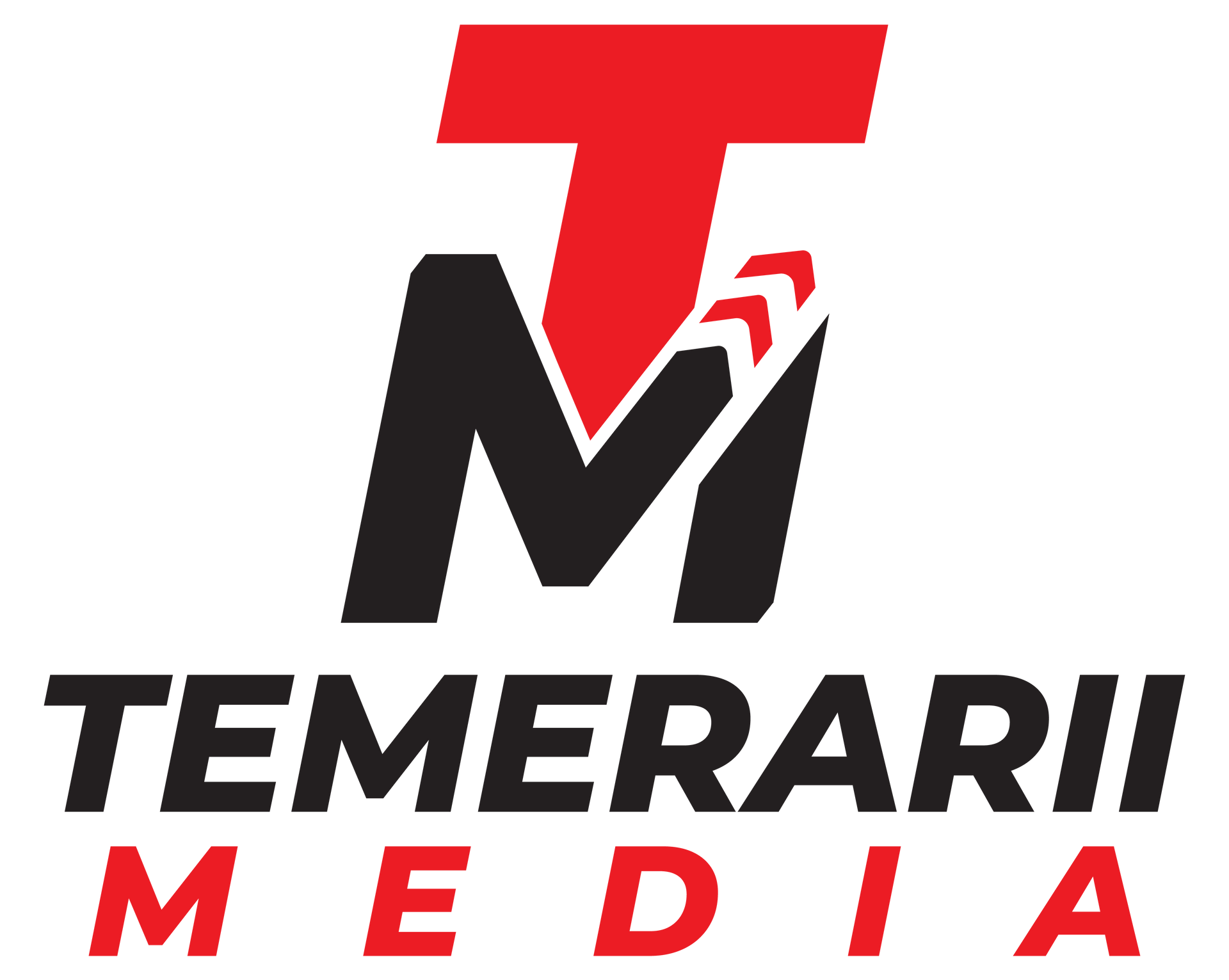Most training programs fail for a simple reason: they’re built to teach, not to create capability. People are put into a room or a video call, presented with best practices, theory, frameworks, stage decks, models, and slogans, and then sent back into a messy operating environment where none of that presentation really matches what they’re dealing with. The result is predictable. Everyone nods. Everyone says it was helpful. Nothing actually changes. Six weeks later the same fires are burning, the same gaps exist, and leadership starts looking for either a new hire to solve it all or an agency to “just handle it.” The internal team stalls.
Training and advising, done correctly, is not about running presentations. It is about stepping directly into the work with the team and increasing their ability to create value in their own environment. It is not passive and it is not hypothetical. It is applied, specific, and geared toward producing assets and systems that continue working after the engagement ends. The goal is not to have people say “I understand this now.” The goal is to have people say “we’re already doing this now, and we know how to keep doing it without you.”
That shift matters because the operating environment most teams are in right now is not gentle. Go-to-market cycles are faster. Expectations around measurability are higher. Budgets are tighter. Channels change weekly. Leadership wants proof, not potential. Teams are being asked to execute across growth, content, analytics, tooling, and automation at the same time, and many of them are under-resourced, under-documented, and expected to “just figure it out” while also hitting numbers. A training model that treats reality as a case study instead of a workspace is never going to keep up with that. A model that embeds in real work, moves fast, and leaves behind working systems actually can.
How Training & Advising Works
The approach is simple to describe and powerful when done with discipline. Every engagement is built around two tracks: learning and shipping. The learning track gives people clarity on how something should work and why. The shipping track has them immediately practice that in their actual environment with guidance and review. You do not sit with slides about funnel structure for two hours and call it done. You define the funnel for your offer, build the assets that support it, wire the tracking, and map ownership of each stage so it can run tomorrow. You do not talk abstractly about analytics. You build dashboards in the tools the team already uses and teach them how to maintain those dashboards instead of depending on a specialist who disappears after the engagement. You do not romanticize automation. You build a production-grade workflow that really routes leads, or really sends follow-up, or really updates the CRM, or really moves data into the reporting layer the business uses.
This happens through a blend of short workshops and live working labs. Workshops align thinking quickly. They set shared language, expose capability gaps, and get everyone on the same page about what “good” looks like in that area. Working labs are where the team starts building with guidance. There is no hiding in labs. People touch the tools. They write the copy. They wire the automation. They define the UTM discipline. They build the content calendar. They adjust the paid structure. They configure the dashboard filters. They build version one of the outreach sequence. They connect triggers and actions. They troubleshoot. They ask real questions that actually block them in production. They get feedback fast instead of waiting for some later review cycle that never really happens.
The other defining feature is that everything is custom to the team’s environment. There is no generic sandbox. There is no fake brand. There is no safe pretend scenario. The work is done inside the tech stack, channels, and workflows that the business already relies on. If the team runs its pipeline out of a specific CRM, that is where the build and training happens. If the team markets on specific channels, those are the channels the content and performance work is structured around. If the leadership team needs board-ready reporting with certain metrics, that becomes part of the analytics build. If compliance or brand voice or handling of leads requires specific rules, those rules are respected. This matters because people learn faster when they recognize what they’re touching, and leaders get more confident when they see capability forming inside their own systems instead of a theoretical environment that would take six months to migrate to.
The end of the engagement is not a handshake and a recording link. The closeout includes templates, playbooks, documented workflows, dashboard views, operating checklists, naming conventions, content frameworks, automations, and a next-step plan broken down in plain language. Teams leave knowing what to do next week, not just what they “should think about long-term.” Leadership leaves knowing who internally can now run pieces of the machine, where the real gaps still are, and what should be resourced next. The business leaves with assets that are live, not just notes.
Growth and Performance Marketing Capability
One core track focuses on growth and performance marketing because most teams are under intense pressure to prove they can generate pipeline and revenue, not just impressions. This track is about building a real performance engine and teaching the team how to maintain and optimize it in public. That includes offer clarity, channel mapping, paid structure, landing environment, targeting, creative direction, conversion tracking, attribution logic, and reporting. The work starts by defining the actual conversion event that matters for the business. Sometimes that’s a direct sale. Sometimes it’s a booked call. Sometimes it’s a trial start. Sometimes it’s submission of qualified intake data. The mistake many teams make is treating all engagement as equal. It’s not. The program forces definition around what counts.
Once the primary outcome is defined, everything else lines up behind it. Paid campaigns are structured with that objective in mind. Messaging is written to move people to that action. Landing pages are edited or rebuilt so they remove friction instead of introducing it. Tracking is wired through so the team can actually see cost per result instead of guessing from blended ad spend. Email and retargeting flows are inserted to catch the people who raised their hand but didn’t finish. Positioning is pressure-tested in real time. The team is not just learning what to do. The team is doing it, with coaching, and seeing the real data come in while they’re still in the room.
The result is that marketing leaders and operators leave not only with campaign assets and tracking infrastructure in place, but with the ability to adjust, iterate, and scale without immediately needing to bring in an outside media buyer or CRO firm for every small change. This matters in a world where paid costs are rising, channels are volatile, and leadership wants proof inside thirty days, not a long deck full of hope.
Content, Social, and Brand Systems
Another core track addresses the constant tension between brand, content, and social. Most companies are either improvising content in bursts or drowning in approval cycles that make it impossible to stay relevant. Neither path creates trust at scale. The work here is about building a repeatable content engine that the team can actually run. That means defining brand voice in operational terms, not poetic ones. That means aligning visual language so design work does not bottleneck every post and every asset. That means creating a publish rhythm that matches audience behavior, platform expectations, and internal capacity.
Teams are guided through building content pillars, so they are not waking up every morning asking what should we post today. They learn how to frame proof, authority, product education, behind-the-scenes access, and values in a way that feels like the brand instead of like five different people guessing. They learn how to adapt a story or insight into different formats for different channels without breaking voice. They learn how to build out a calendar that is both structured and flexible, so real-time moments can be layered in without derailing everything else.
Management is part of this training as well. Social media management is not just posting. It’s publishing, monitoring, engaging, escalating when something sensitive appears, protecting the tone of the brand, and measuring signals that actually matter. Teams practice this in live environments. That includes how to respond publicly, how to route certain comments internally, how to handle supporter shoutouts, how to defuse a complaint without making it worse, and how to decide what should be ignored versus what needs attention. It also covers basic crisis posture, so the organization is not scrambling the first time a post lands in a way that triggers unexpected attention.
This track ends with a working system: a calendar, a voice guide, a visual starter kit, an approval and escalation map, and a set of repeatable content formats the team can keep producing without reinventing from scratch every time. It takes content out of random chaos and turns it into an internal function.
Data and Analytics for Marketers
One of the biggest gaps in most teams is not that they lack data, but that they lack usable clarity. Marketers are expected to report performance, make spend decisions, justify creative choices, and explain what is and is not working. They are often given a analytics tool, a CRM, maybe a spreadsheet, and then told to “own the numbers.” They do their best, but because the data is fragmented, manually pulled, or mislabeled, reporting becomes guesswork and arguments begin to sound like “I feel like this is working” instead of “we can see this is working.”
The data and analytics track solves that by training marketers to become confident operators with their own data. The team learns how to define the events that matter, track them consistently, and pull them into dashboards that decision-makers will actually look at. They learn attribution structure, naming convention discipline, UTM patterns, source consistency, funnel definitions, and how to separate signal from noisy vanity metrics. They build dashboards that reflect real pipeline and real cost, not just impressions and clicks. They build recurring reports that leadership can actually use to allocate budget and assess channel health without pulling in a data analyst for every conversation.
Importantly, these dashboards are built in the organization’s real tools, using real data, and using the structure the team will maintain going forward. The marketer walks away not only able to answer questions like which campaigns are driving qualified leads at the right cost, but also able to defend spend in leadership conversations with actual numbers instead of relying on intuition. That shift in confidence changes internal dynamics. Marketing stops being treated as a black box and starts being treated like an accountable growth function.
AI and Automation for Go-to-Market
Teams are surrounded by automation talk and AI hype, but most of them are either experimenting in an unstructured way or staying away completely because they’re worried about compliance, quality, or loss of control. The AI and automation track is designed to make this practical. The focus is on building and handing off automations that support go-to-market, not building science projects for their own sake.
That typically starts with mapping the current manual effort inside outreach, intake, routing, follow-up, summarization, and reporting. There are almost always processes that rely on one or two heroic teammates doing repetitive work at all hours just to keep motion alive. Those processes are expensive and fragile. The work in this track is to identify those high-friction areas, build automations that are auditable and aligned with privacy requirements, and teach the team how to operate, adjust, and extend them. It can include intelligent lead routing, auto-generating follow-up context from calls or forms, syncing key data points into the CRM, creating structured summaries that sales or success can act on immediately, and generating draft content that still gets reviewed but no longer starts from zero.
A critical part of this training is expectation setting. AI is not magic, and ungoverned automation can create mess faster than it creates value. The point is not to automate everything. The point is to automate the right things in a way that increases consistency, protects relationships, and gives humans back time for the conversations and problem solving that actually win deals. By the end of the track, the team is not saying “we should look into automations.” The team is saying “these automations are live, here is how they run, here is what they’re saving, and here is who owns them going forward.”
Why This Model Works
People do not retain slide decks. They retain muscle memory. When someone has already built a working dashboard, launched a tracked campaign, tuned a content workflow, or activated an automation in their own environment, they leave with more than knowledge. They leave with proof that they can repeat it. That confidence is the real output.
Leadership benefits because they are not buying theory. They are getting capability transfer. They can see which individuals stepped up, which processes stabilized, and which systems are now in better shape. They can see where future investment is actually justified. Instead of being told “we could do this with more budget,” they see “we already did this at our current stage, and here’s what happens if we add more fuel.”
Teams benefit because the work finally becomes less mysterious. Performance marketing stops feeling like a dark art. Content stops feeling like a frantic scramble. Analytics stops feeling like a fog of numbers. Automation stops feeling like a risk to jobs and starts feeling like relief. Everyone gains shared language, shared expectations, and shared visibility into what good execution looks like in their world, not in an abstract high-growth unicorn fantasy.
The business benefits because it becomes less dependent on external rescue. Hiring an agency or a contractor is sometimes the right answer, but building permanent capability is always the healthier long-term move. Training and advising, when run this way, is about creating that permanent capability. It gets teams to the point where they can run core functions themselves, with discipline, with confidence, and with clarity around what to do next.
Closing Thoughts
What most leaders actually want is not presentation, and not theory, and not generic maturity frameworks. They want to know that their team can run the machine. They want pipeline that doesn’t collapse every time one person takes time off. They want reporting that leadership can trust. They want content that isn’t embarrassing or off-brand. They want marketing and revenue operations to feel controlled instead of desperate. They want to know that if they invest in growth, someone inside the organization can aim that growth in the right direction.
Training and advising built around doing the work in real time delivers that. It creates operators, not just attendees. It gives teams assets, not just ideas. It gives leadership visibility, not just optimism. It leaves behind working systems, not just recordings. It respects the fact that modern teams don’t have the luxury of disappearing for six months to “figure it out.” They need to move now, and they need to move in a way that will still make sense three quarters from now.
In the end, capability is the moat. Tools will change. Channels will shift. AI will evolve. Reporting expectations will get sharper. Compliance pressure will tighten. But a team that knows how to learn quickly, ship cleanly, measure honestly, and adapt without panic is a team that can survive those shifts and compete through them. That is what this model is designed to build.












